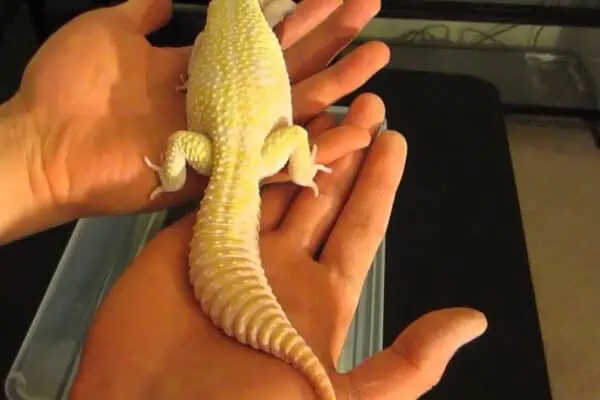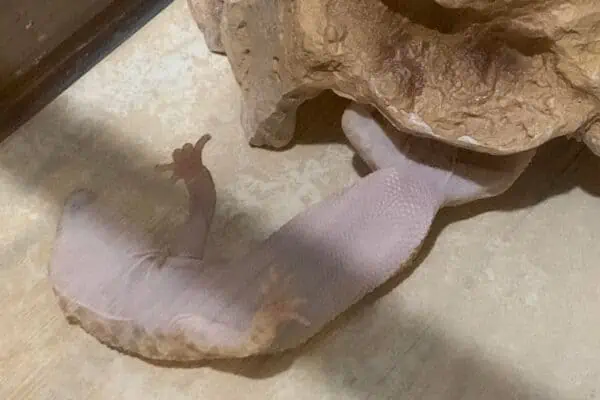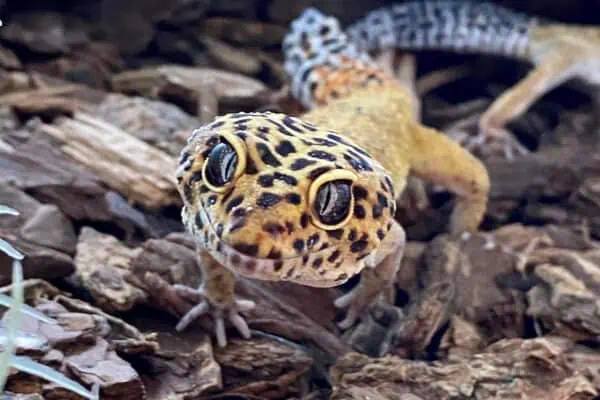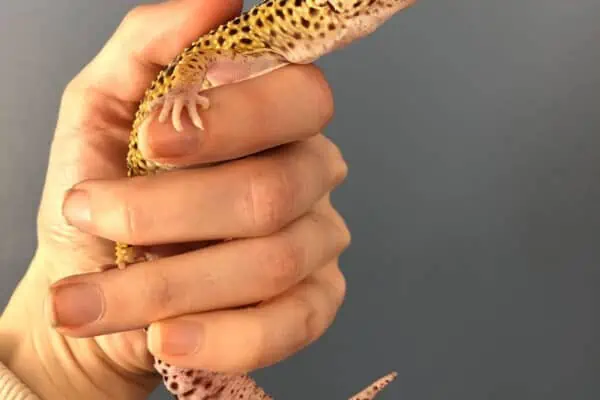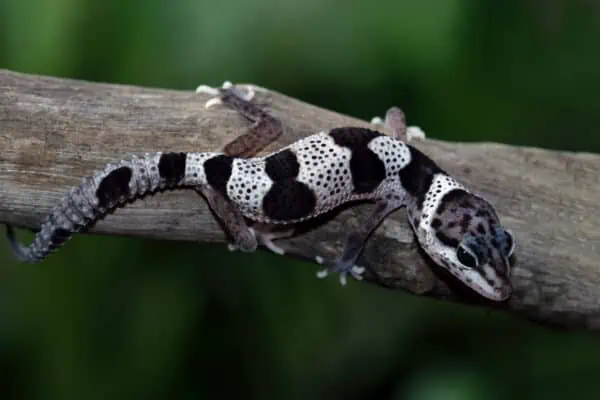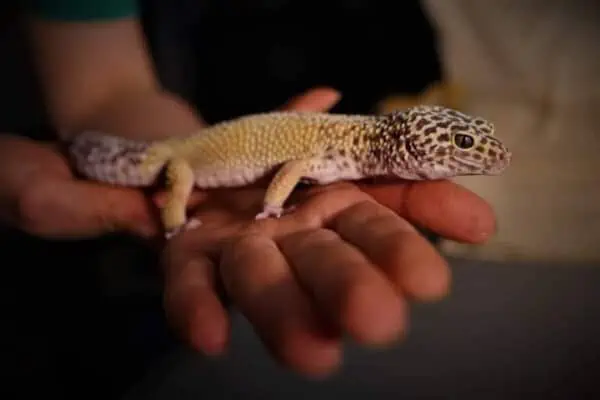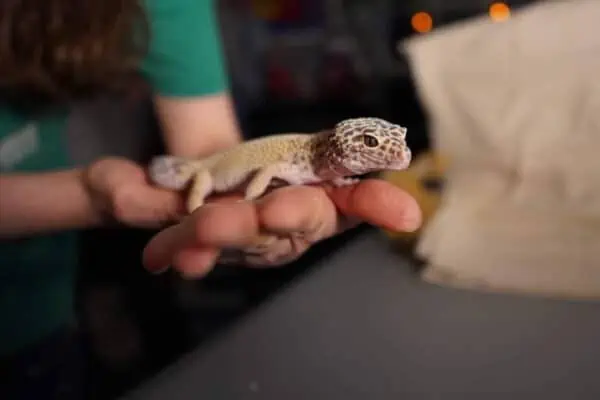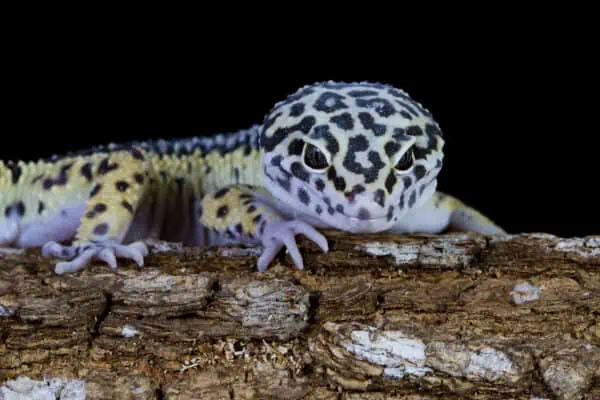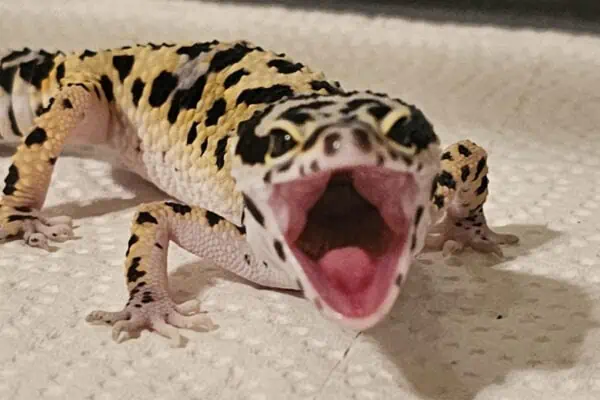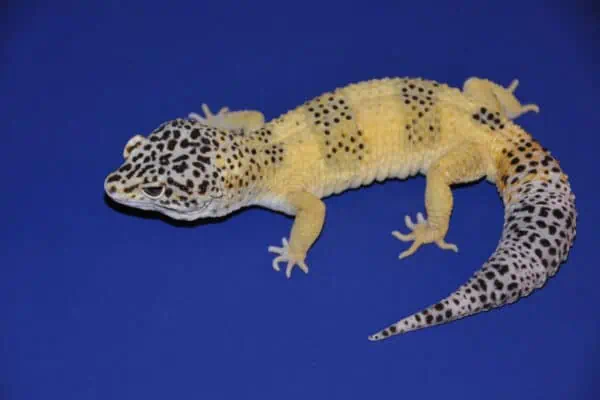
Lemon Frost Leopard Gecko Morph And Its Hidden Dangers
The Lemon Frost Leopard Gecko morph is renowned for its striking and vivid coloration, particularly the unique blend of bright yellow and white hues, earning it the “lemon frost” moniker. This morph stands out due to its distinctive appearance, setting it apart from the wild-type leopard geckos, which usually exhibit a more muted color palette … Read more

